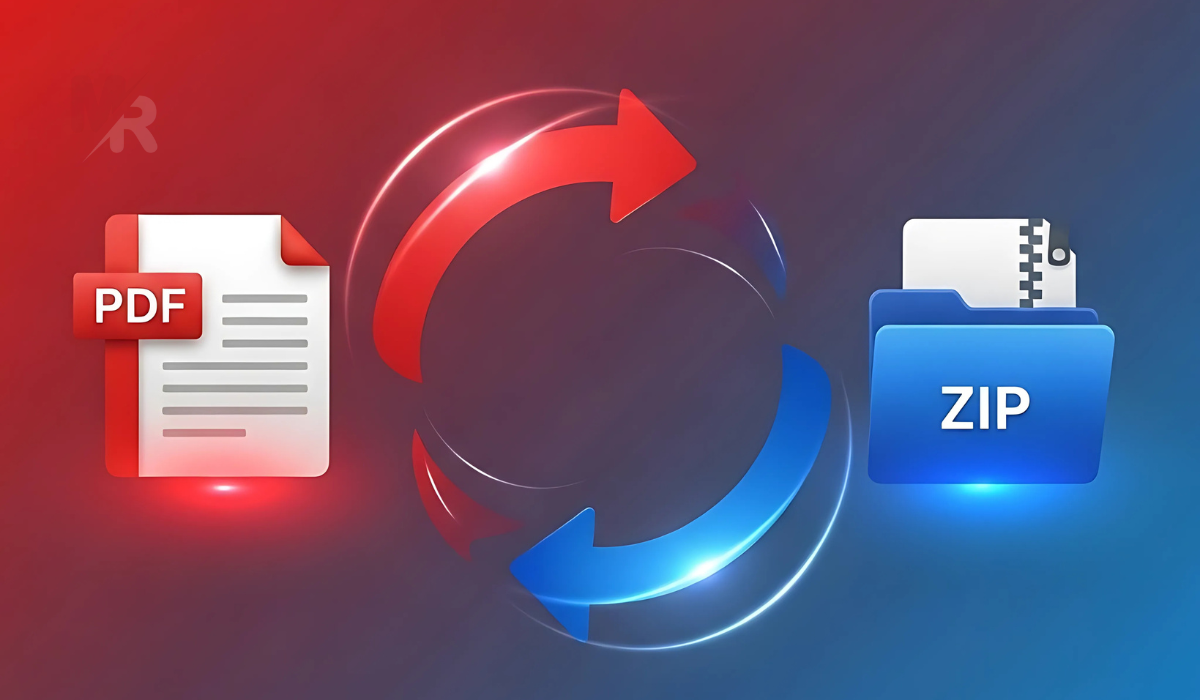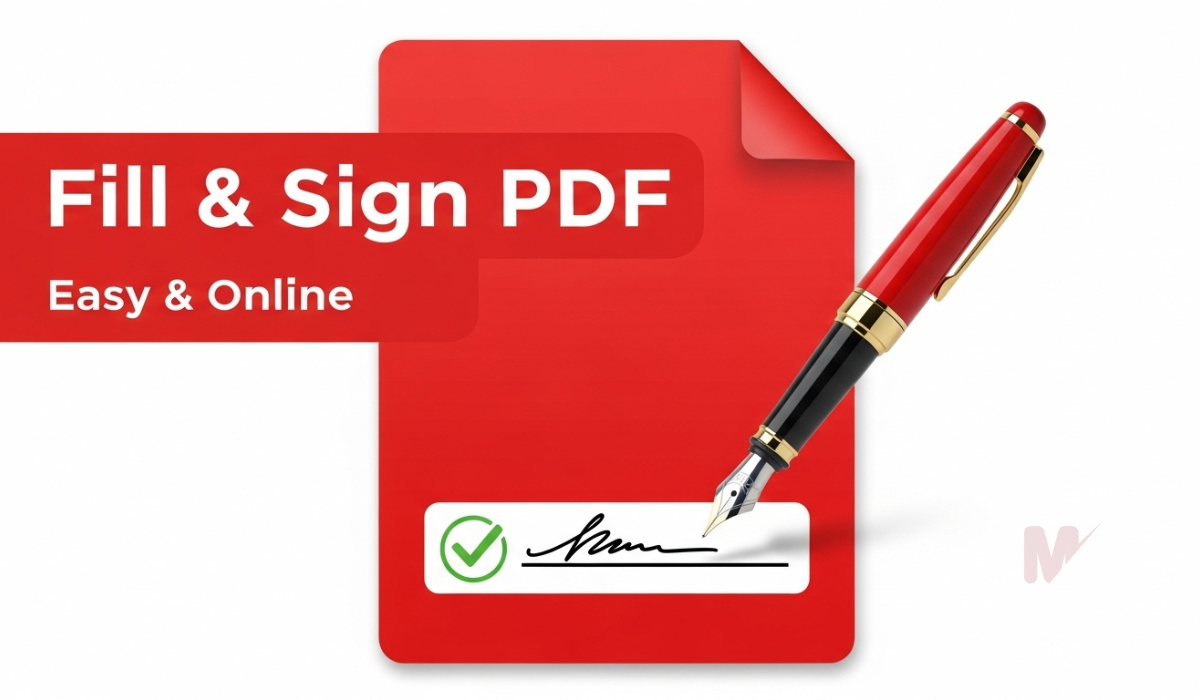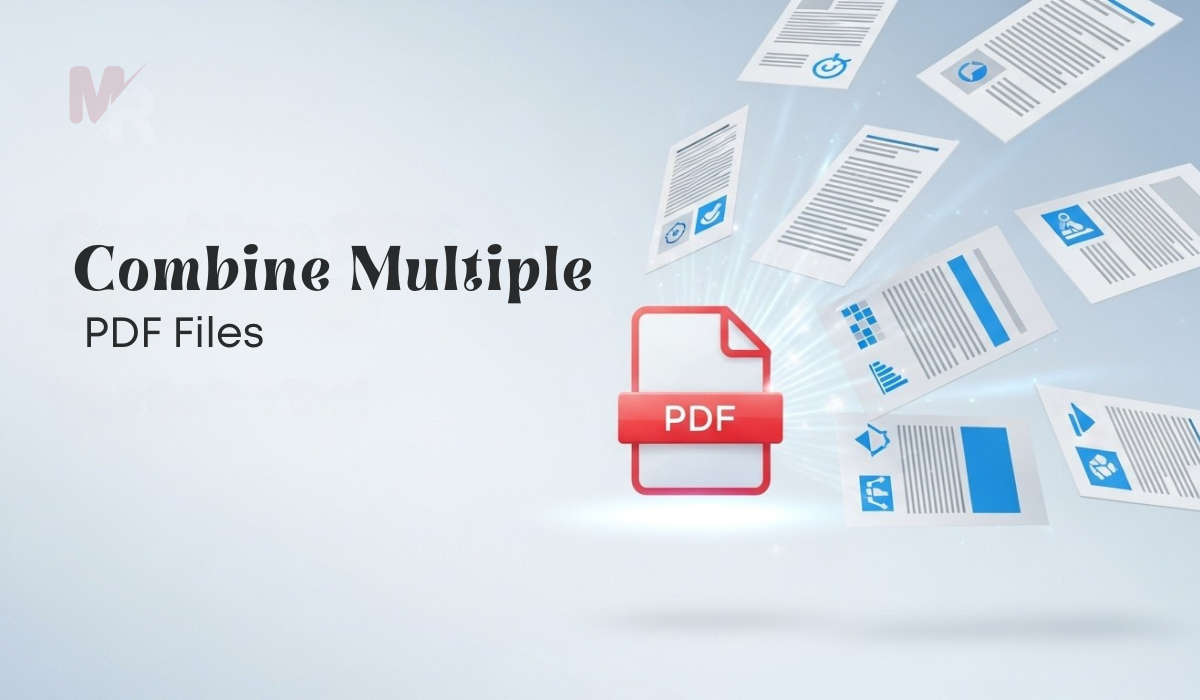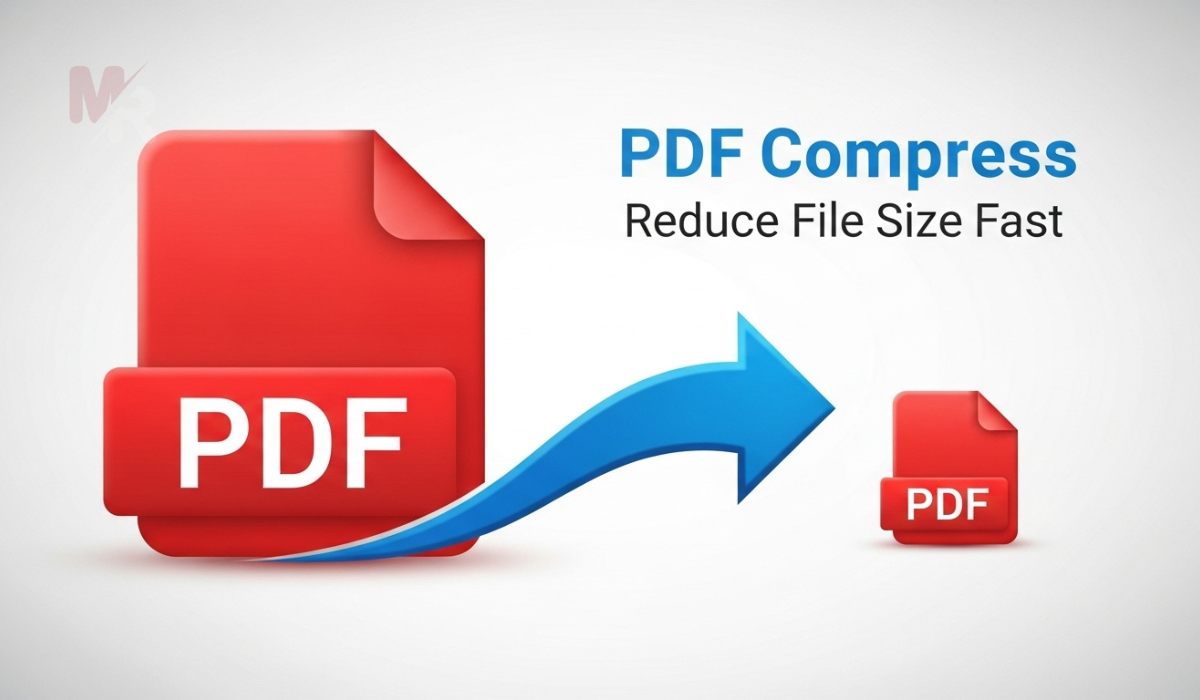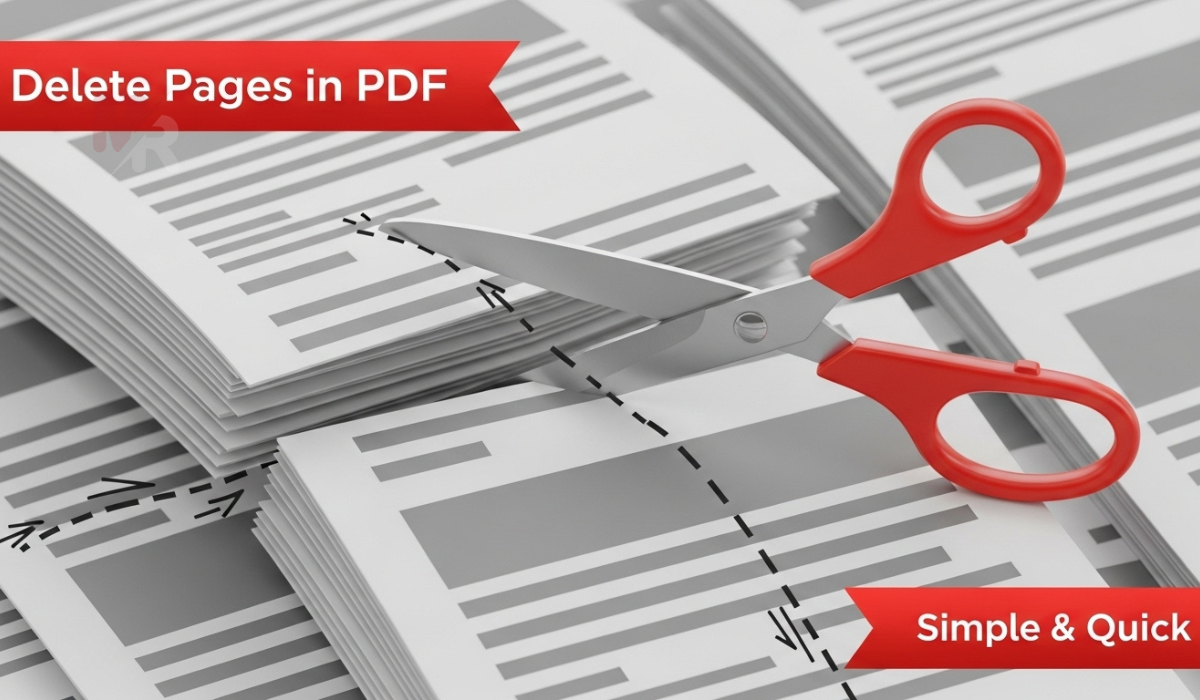Generate tags for your YouTube videos based on the keyword you enter and the language you use
How to Use a YouTube Tag Generator to Boost Your Video SEO
If you’re a content creator aiming to maximize your reach on YouTube, understanding the power of video tags is crucial. Tags help YouTube’s algorithm understand your content, categorize it correctly, and suggest it to the right viewers. However, crafting effective tags manually can be time-consuming and inefficient. That’s where a YouTube Tag Generator becomes an essential tool.
In this guide, you’ll learn what a YouTube Tag Generator is, why it’s important, and exactly how to use it to enhance your video discoverability and grow your audience.
What Is a YouTube Tag Generator?
A YouTube Tag Generator is a tool designed to automatically produce relevant tags based on a keyword, title, or topic. These tags align with common search terms and trending keywords, helping your video appear in related search results and suggested videos.
Most tag generators utilize keyword analysis, competition metrics, and trend data to provide optimized tag suggestions. The best part? You don’t need to be an SEO expert to use them effectively.
Why You Should Use a YouTube Tag Generator
1. Save Time
Manually brainstorming tags for each video can be tedious. A YouTube Tag Generator speeds up this process, giving you a list of optimized tags in seconds.
2. Improve Search Rankings
Relevant tags help YouTube understand your content better, which improves your chances of appearing in top search results.
3. Attract the Right Audience
The tool generates tags based on user intent, ensuring your video reaches people actively searching for your topic.
4. Stay Competitive
By using a YouTube Tag Generator, you can find tags your competitors are using and adapt your strategy accordingly.
How to Use a YouTube Tag Generator Step-by-Step
Step 1: Choose the Right Tool
Start by selecting a reliable YouTube Tag Generator. Some popular choices include:
- Rapidtags.io
- TubeBuddy
- VidIQ
- Keyword Tool (YouTube filter enabled)
These tools often offer both free and premium versions depending on the depth of analytics you require.
Step 2: Enter Your Video Topic or Title
Once you’ve chosen your tool, enter a focus keyword, your video title, or a brief topic description into the input field. For example, if your video is about “How to Bake Chocolate Cake,” input that exact phrase.
The YouTube Tag Generator will then process your input and provide a list of suggested tags based on popular and related search terms.
Step 3: Analyze and Customize the Tags
Not every suggested tag will fit your video perfectly. Review the list and select only the tags that match your content accurately. You should aim for a mix of:
- Broad tags: e.g., “cooking,” “baking”
- Specific tags: e.g., “chocolate cake recipe,” “easy chocolate cake tutorial”
- Branded or unique tags: e.g., your channel name or series name
A good YouTube Tag Generator often includes keyword competition data, so you can avoid high-competition terms and focus on achievable ones.
Step 4: Copy and Paste the Tags into Your YouTube Upload
After finalizing your list, copy the tags and paste them into the “Tags” section during your YouTube video upload. Most YouTube Tag Generator tools provide a one-click copy feature to streamline this step.
Be mindful of YouTube’s 500-character tag limit. Prioritize your most relevant and high-performing tags first.
Step 5: Track Performance Over Time
Although tags aren’t the only factor in video SEO, they play a significant supporting role. Use YouTube Analytics or tools like VidIQ to monitor how your tags influence views, click-through rates, and audience retention.
Over time, adjust your tag strategy using new insights and continue leveraging the YouTube Tag Generator to refine your results.
Best Practices When Using a YouTube Tag Generator
✅ Use Relevant Keywords Only
Don’t include misleading or unrelated tags just to gain attention. Irrelevant tags can hurt your rankings and violate YouTube’s policies.
✅ Mix Short-Tail and Long-Tail Tags
Short-tail tags (e.g., “vlog”) help with broad discoverability. Long-tail tags (e.g., “daily fitness vlog for beginners”) target niche audiences and are easier to rank for.
✅ Update Older Videos with New Tags
Use a YouTube Tag Generator to refresh your older videos with new, trending tags. This can boost their visibility without having to re-upload content.
✅ Combine Tags with Strong Titles and Descriptions
Tags work best when your title and description also include the same keywords. This consistency helps YouTube better understand and rank your content.
Common Mistakes to Avoid
- Stuffing tags: Don’t use all 500 characters just because you can. Quality matters more than quantity.
- Copying competitors blindly: Use a YouTube Tag Generator to get inspired, but always tailor the tags to your specific video.
- Ignoring analytics: Always track how well your tags are performing. Use data to improve your future tagging strategy.
How a YouTube Tag Generator Helps You Stay Ahead
In a crowded platform like YouTube, standing out requires more than just great content. You need the right tools and strategies. A YouTube Tag Generator gives you a fast, data-driven way to increase your video’s chances of reaching your target audience.
Whether you’re a beginner or a seasoned creator, this tool empowers you to:
- Rank higher in search
- Appear in suggested videos
- Reach the right viewers faster
The key is consistency. Use the YouTube Tag Generator every time you publish a video to build a reliable, optimized tagging routine.
Final Thoughts
Optimizing your video tags can seem like a small detail, but it can make a huge difference in visibility and channel growth. A YouTube Tag Generator makes this process easier, faster, and smarter by taking the guesswork out of keyword research.
Start using a YouTube Tag Generator today and watch how strategic tagging can take your content to the next level. With the right tags in place, your videos have a better chance of getting seen, shared, and loved by your ideal audience.

